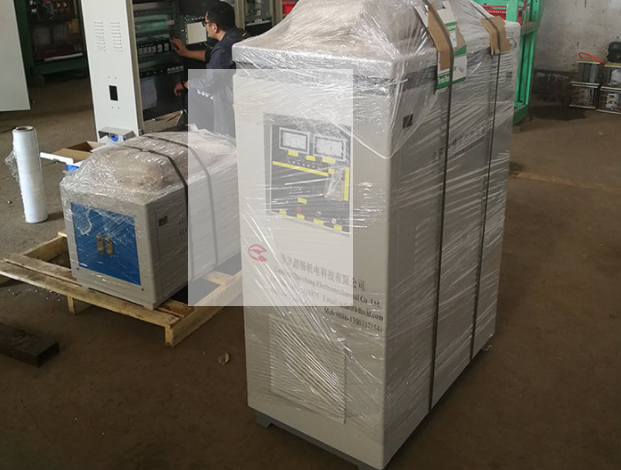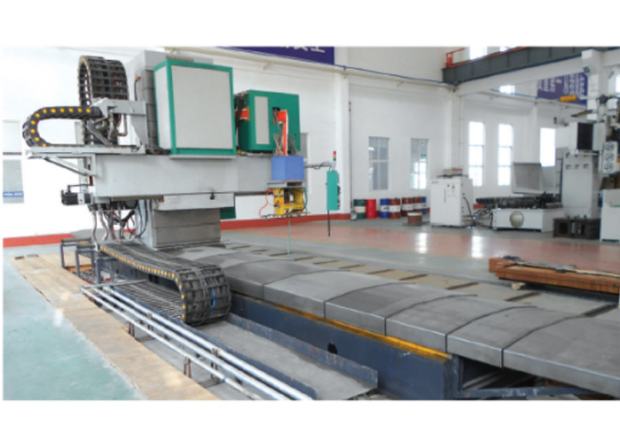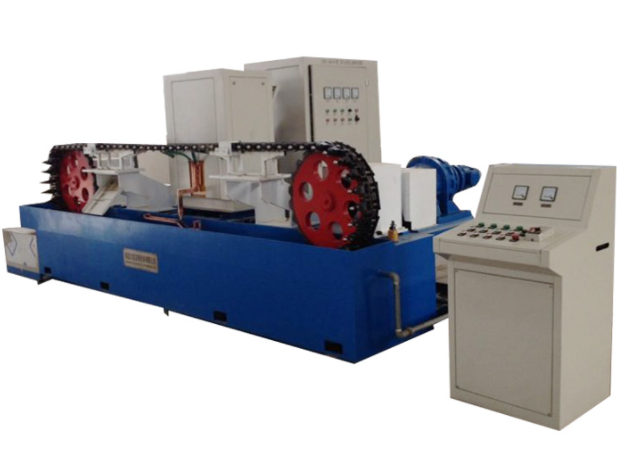Induction coil design can have a significant impact on part quality, process efficiency and manufacturing costs. How do you know if your coil design is the best fit for your part and process? Here are some induction coil basics. Manufacturer CHAOCHANG shows you the basics about induction coils.
Induction coils determine how effectively and efficiently a part is heated. Induction coils are water-cooled conductors made of copper tubing that easily form the shape of the coil used in the induction heating process. As the water flows through the induction heating coils, they do not themselves become hot.
The complexity of working coils ranges from simple spiral or solenoid coils (consisting of multiple turns of copper tube wound on a mandrel) to coils precision machined from solid copper and brazed together.
The coil generates an alternating electromagnetic field through the alternating current flowing in it, which transfers energy from the power source to the workpiece. The coil's alternating electromagnetic field (EMF) generates an induced current (eddy current) in the workpiece, which generates heat due to I Squared R losses (core losses).
The current in the workpiece is proportional to the EMF strength of the coil. This energy transfer is known as the transformer effect or eddy current effect.

Induction heating machine for flat steel forging
Induction coil design has a significant impact on process efficiency and final part quality, and the best coil design for your product depends heavily on your application. Certain coil designs are often best suited for specific applications, and a less-than-optimal coil application pairing can result in slow or irregular heating, higher defect rates, and lower product quality.
Start by understanding where the part needs to generate heat to perform the process, then design the coil to achieve the heating effect. Again, frequency selection will depend on the induction heating application you will be using.
Before designing your induction coil, consider the following three factors as well as your induction application.
Part motion relative to the coil - Some applications rely on part motion with the aid of a conveyor, turntable or robot. A properly designed induction coil incorporates these individual processing requirements without loss of heating efficiency.
Frequency - Higher frequencies are used for applications such as brazing, welding, annealing or heat treating where surface heating is required. Lower frequencies are preferred for applications that require parts to be heated through to the core, such as forging and die heating.
Power Density Requirements - Short cycle heating applications that require high temperatures require higher power density. Higher power densities may also be required to confine the hot zone to a small area, thereby reducing the heat affected area.

Guide rail induction hardening machine
The magnetic flux tends to be concentrated in the center of the solenoid's working coil length. This means that the heating rate generated in this region is typically greater than that generated toward the end. In addition, if the part being heated is longer, conduction and radiation
will carry heat away from the end at a greater rate. Coils can be modified to provide better heating uniformity along the length of the part. Techniques for adjusting the number of turns, spacing or coupling of the coil to the part to achieve a uniform heating pattern are sometimes referred to as "characterizing" the coil.
The type and design of the induction coil determines how effectively and efficiently the part can be heated. Working coils range in complexity from simple spiral or solenoid coils, which consist of multiple turns of copper tubing wound on a mandrel, to coils made of solid copper precision machined and brazed.
The spiral solenoid coil is the most common induction coil design. It offers a wide range of heating behavior because the part or heated area is located within the coil, in the area of maximum magnetic flux. The magnetic flux lines in a solenoid coil are concentrated inside the coil, providing the maximum heating rate at that location.

Connecting rod induction annealing equipment
With the features of high quality, environmental protection, energy saving and high efficiency, Chaochang brand induction heating equipment has been widely used in machinery, metallurgy, mining, building materials, automobile parts manufacturing, fully meet the needs of steel pipe seam welding, H-beam welding, steel pipe annealing, metal heat treatment, smelting, forging, quenching and tempering,etc.
Please feel free to contact us and het the solution. High-quality products and good service is the commitment we make to all our customer.
Baoding Chaochang Electromechanical Co., Ltd.
Copyright © Baoding Chaochang Electromechanical Co., Ltd. All Rights Reserved | Sitemap
